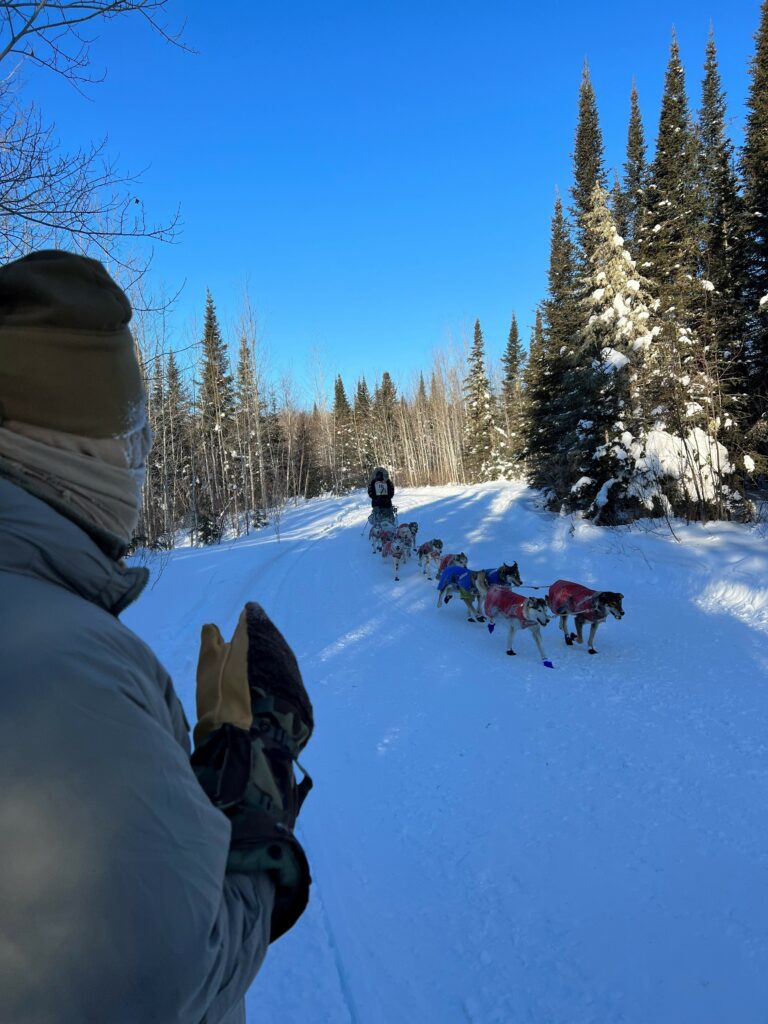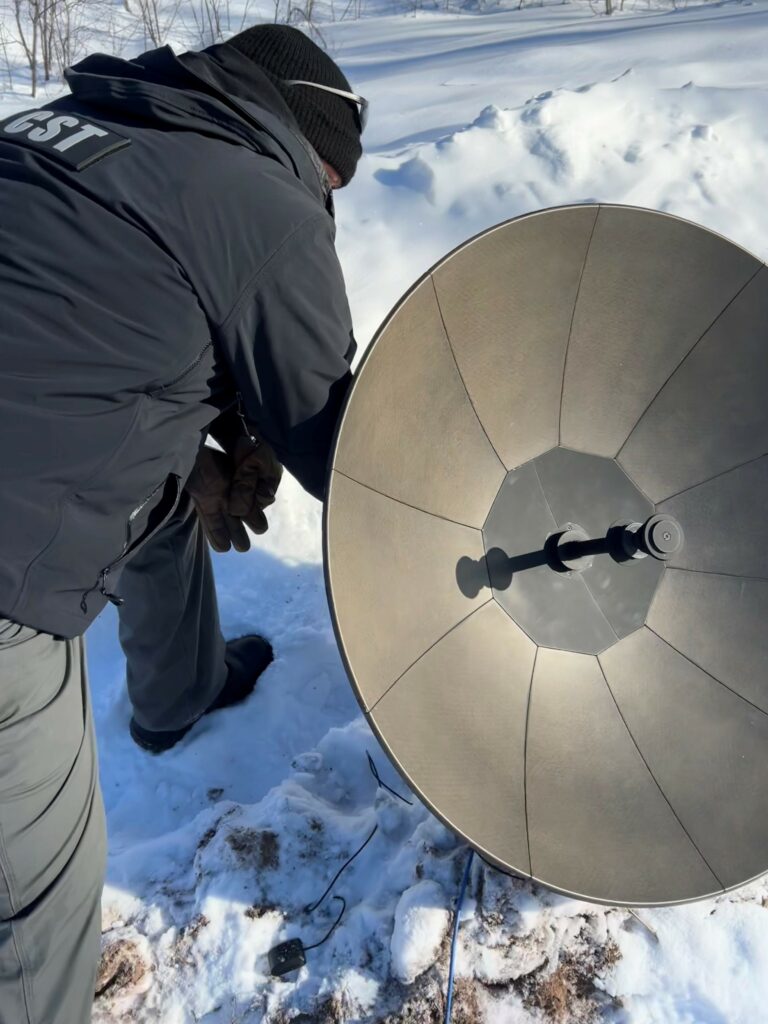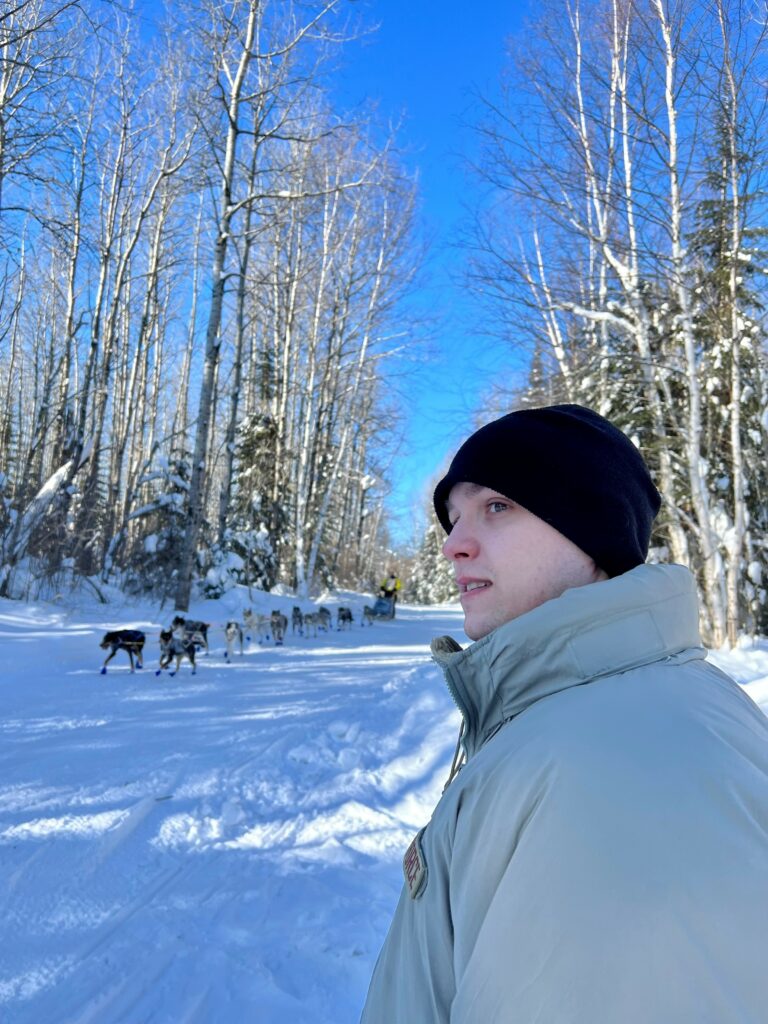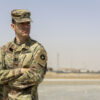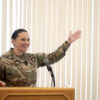Minnesota National Guard, 148th Fighter Wing conducts 30th year of winter training
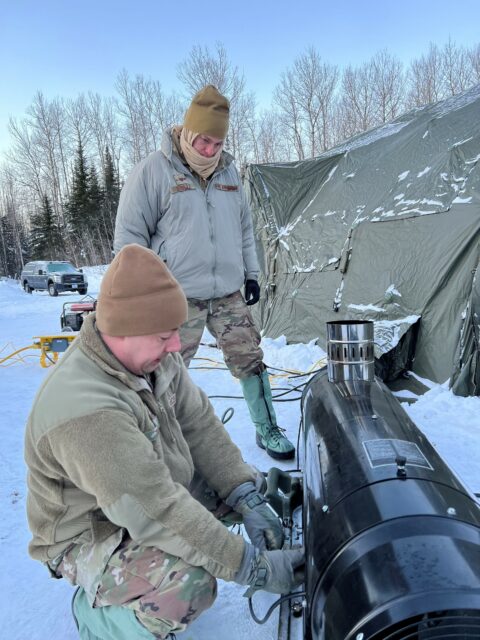
At a remote camp in Northern Minnesota with a real temp of -18 degrees and winds creating a feels like temp of -33, Communications experts from the Minnesota National Guard gathered to conduct extensive winter training.
Radio Frequency Transmissions specialists from the 148th Fighter Wing set up its Joint Communications Platform (JCP) and established radio contact with race officials who staff the John Beargrease Sled Dog Marathon which runs 300-miles from Duluth to Grand Portage, Minn. “When mushers and their teams pass by our camp, we radio race officials, ensuring the safety of mushers and their dogs,” said Master Sgt. Tyler Stodola.
The 148th Communications Flight has conducted winter training in conjunction with the sled dog marathon most years since 1993. While the equipment and capabilities have changed dramatically in the last 30-years, the value of testing operating equipment has not changed. “Our winter training exercise provides a stress test for equipment in a way that cannot be replicated during a summer exercise,” said Master Sgt. Steve Lipinski. Lipinski, who has participated in seven winter training events, said “conducting training in conjunction with the Sled Dog Marathon forces us to troubleshoot and repair a variety of equipment in nonperfect conditions. If our equipment is not working, then we cannot report 100% accountability to race coordinators.”
This year, Communications Superintendent, Master Sgt. Christopher Olson from the Minnesota National Guard’s 55th Civil Support Team (CST) set up a Dismounted Strike Kit (DSK) which established added network connectivity using radio signals to encapsulate network traffic via MPU-5 radios.
Likewise, the 210th Engineering Installation Squadron, 133rd Airlift Wing and personnel from the Minnesota National Guard’s J6 set up and operationalized its Compact Rapid Deployable (CRD) for the first time. Minnesota National Guard Defense Support of Civil Authority (DSCA) Manager, Master Sgt. Graham Lorence said “the CRD brings many communications capabilities, but we are using data capabilities, specifically cellular receive and extension capabilities, to provide consistent cellular coverage in a rural area for up to a mile around the camp for this exercise.” Personnel from J6 also tested different CRD antenna configurations to practice longer distance communications.
“We must be ready to respond to state emergencies of all types, at any time, with the best communications we can provide,” said 148th Communications Flight Director, Capt. Andrew Busam. “Technology changes so quickly, and there are so many different organizations that need to coordinate in a time of need, that things can’t just be thrown together at the last minute. This kind of exercise, bringing organizations together and stress testing both the tech and our people under harsh real-world conditions, is invaluable. Should adversity come calling at any time of year and in any conditions, the people of Minnesota can take comfort in knowing that we’re prepared to engage,” added Busam.
Story by Audra Flanagan
148th Fighter Wing Public Affairs, Minnesota National Guard
